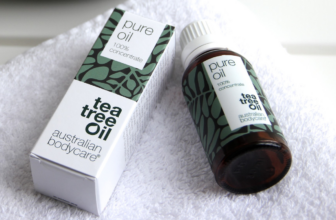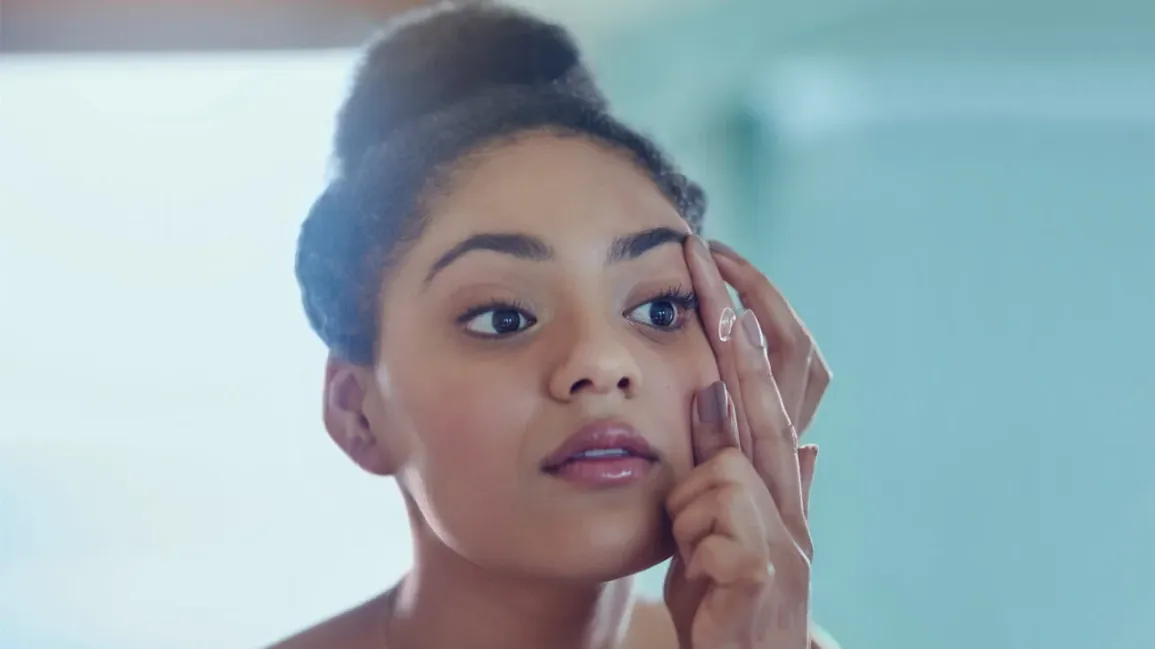
1800 Contacts is a company that specializes in selling contact lenses and related products online. They offer a wide variety of brands and types of contact lenses, as well as eyeglasses, sunglasses, and accessories. The company was founded in 1995 and is headquartered in Draper, Utah. They have been recognized as one of the top online retailers in the United States, and are known for their customer service and convenient ordering process. Customers can order their contact lenses online or by phone, and have them delivered directly to their home or office. 1800 Contacts also offers a price match guarantee, which ensures that customers get the best price possible on their contact lenses.
History and Evolution of Contact Lenses
The concept of contact lenses can be traced back to the 16th century, when Leonardo da Vinci first sketched designs for corrective lenses that could be placed directly on the cornea of the eye. However, it wasn’t until the late 19th century that the first practical contact lenses were developed.
In 1887, German glassblower F. E. Muller created the first contact lens made from blown glass. These lenses were very uncomfortable to wear and could only be worn for a short period of time. In 1936, William Feinbloom, an optometrist from New York, created the first plastic contact lenses made from a material called polymethyl methacrylate (PMMA). These lenses were much more comfortable and could be worn for longer periods of time.
During the 1940s and 1950s, contact lenses began to gain popularity, particularly among actors and actresses in Hollywood. However, these lenses were still quite expensive and could only be afforded by a few. It wasn’t until the 1960s that contact lenses became more widely available and affordable.
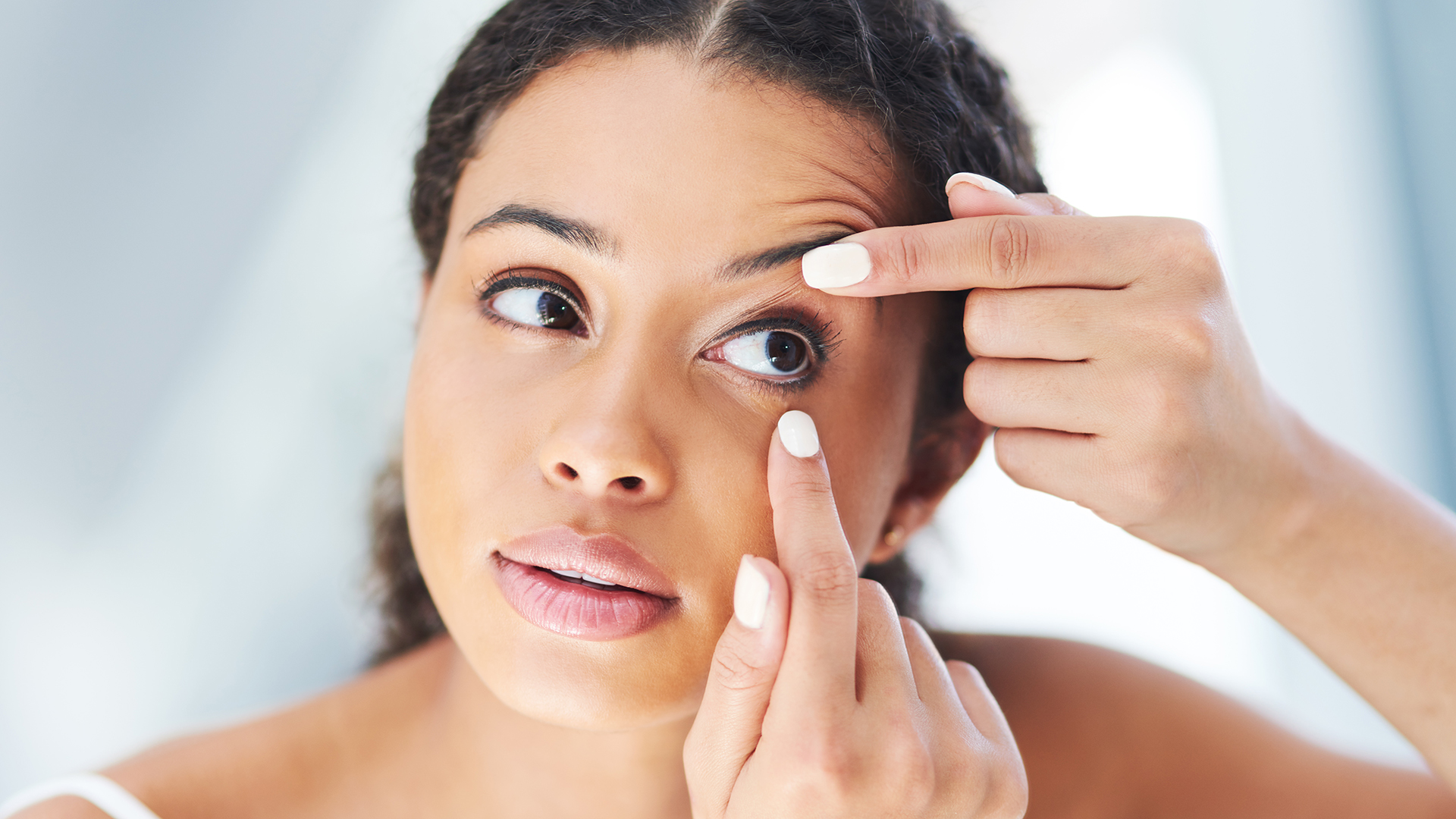
In the 1970s and 1980s, the development of soft contact lenses made contact lens wear even more comfortable and accessible. Soft contact lenses were made from a hydrogel material that allowed oxygen to pass through to the cornea, reducing the risk of corneal damage and making them more comfortable to wear.
Since then, contact lens technology has continued to evolve, with advancements in materials and design that make contact lenses more comfortable, breathable, and convenient to wear. Today, contact lenses are available in a wide variety of types and brands, and are used by millions of people around the world for vision correction and cosmetic purposes.
Types of Contact Lenses
There are several types of contact lenses available in the market, including:
- Soft contact lenses: These are the most commonly used type of contact lenses that are made from a soft, flexible plastic material. They are comfortable to wear and can correct a wide range of vision problems, including nearsightedness, farsightedness, and astigmatism.
- Rigid gas permeable (RGP) contact lenses: These are made from a rigid plastic material that allows oxygen to pass through to the eyes. They provide sharper vision than soft lenses and are also more durable.
- Hybrid contact lenses: These are a combination of soft and RGP lenses. They have a soft lens material surrounding a rigid center, providing the comfort of a soft lens with the visual acuity of an RGP lens.
- Scleral contact lenses: These are large diameter lenses that rest on the sclera or white part of the eye. They are used to treat severe astigmatism, irregular corneas, and other eye conditions.
- Orthokeratology contact lenses: These are special contact lenses that are worn overnight to reshape the cornea temporarily, allowing the wearer to see clearly during the day without the need for glasses or contact lenses.
- Daily disposable contact lenses: These are soft contact lenses that are designed to be worn for a single day and then discarded. They are convenient for occasional wear or for people with allergies or sensitivities to lens care solutions.
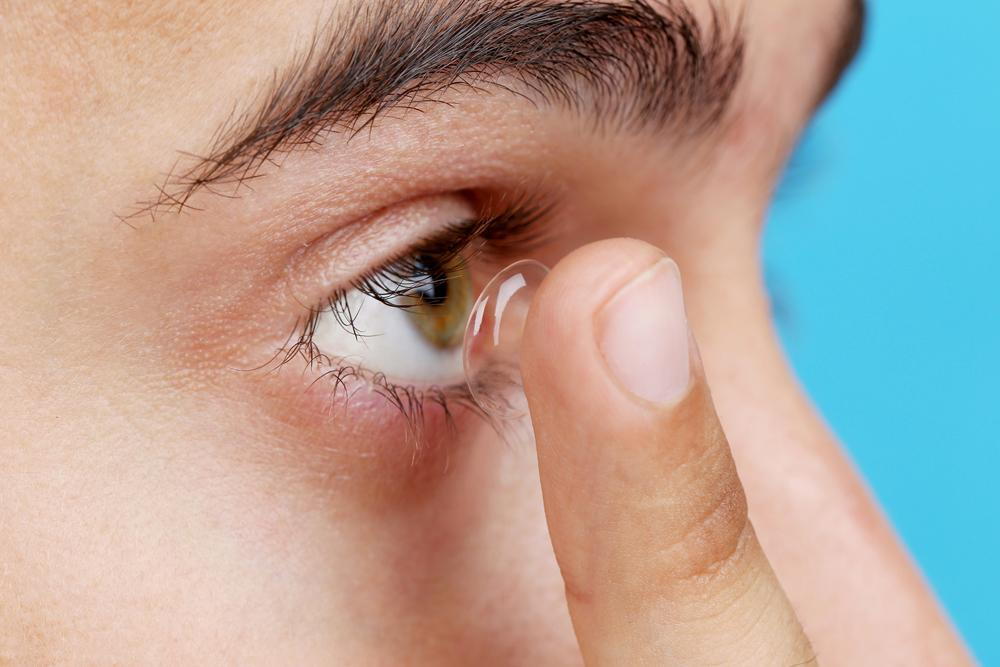
Contact Lens Care and Maintenance
Proper contact lens care and maintenance is essential for ensuring the health and safety of your eyes. Here are some general tips for contact lens care and maintenance:
- Wash your hands thoroughly before handling your contact lenses.
- Use only the recommended solution to clean and disinfect your lenses. Avoid using tap water, saliva, or other liquids to clean your lenses.
- Follow the instructions for cleaning and disinfecting your lenses. Typically, this involves rubbing the lenses with solution, rinsing them with fresh solution, and storing them in a clean, dry case.
- Replace your contact lens case every three months or as recommended by your eye care provider. Clean your case regularly with solution, and allow it to air dry completely between uses.
- Avoid wearing your contact lenses overnight, unless they are specifically approved for extended wear. Sleeping in lenses can increase the risk of eye infections and other complications.
- Avoid wearing your contact lenses in water, such as while swimming or in a hot tub.
- Follow the recommended replacement schedule for your contact lenses. Wearing lenses beyond their recommended lifespan can increase the risk of eye infections and other complications.
- Visit your eye care provider regularly for check-ups and to ensure that your contact lenses are fitting properly and providing optimal vision correction.
Remember, proper 1800 contact lens care and maintenance is crucial for keeping your eyes healthy and avoiding potential complications. If you have any questions or concerns about caring for your contact lenses, consult your eye care provider or contact lens manufacturer for guidance.
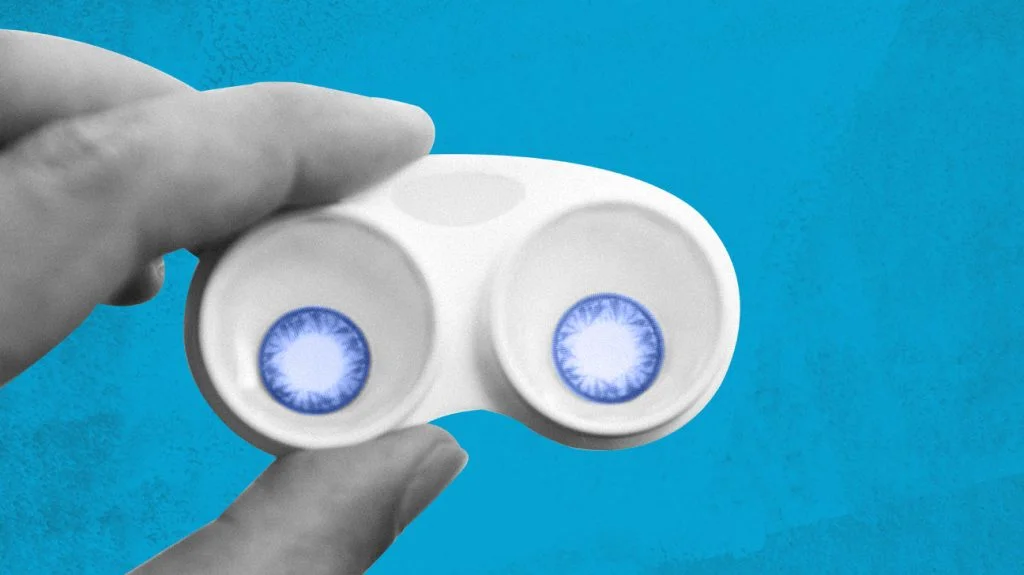
Contact Lenses and Eye Health
Contact lenses can be a safe and effective way to correct vision, but it’s important to follow proper care and maintenance practices to avoid potential complications. Here are some factors to consider when it comes to contact lenses and eye health:
- Proper cleaning and disinfection: One of the most important things you can do to protect your eyes when wearing 1800 contact lenses is to clean and disinfect them properly. This helps to prevent the buildup of bacteria, debris, and other substances that can cause infections and other problems. Always follow the manufacturer’s instructions for cleaning and disinfecting your lenses, and never reuse or top off old solution.
- Replacement schedule: It’s important to replace your contact lenses on a regular schedule, as recommended by your eye care provider. Wearing lenses beyond their recommended lifespan can increase the risk of infection and other complications. Even if your lenses feel comfortable and your vision seems fine, it’s important to follow the recommended replacement schedule to protect your eyes.
- Proper fit: It’s essential that your 1800 contact lenses fit properly in order to avoid discomfort, irritation, and potential complications. If your lenses feel uncomfortable or don’t seem to be providing adequate vision correction, contact your eye care provider for an evaluation.
- Eye exams: Regular eye exams are essential for maintaining healthy eyes, whether or not you wear 1800 contact lenses. Your eye care provider can monitor your eye health, check for any changes in your vision, and make sure your contact lenses are fitting properly.
- Eye infections and other complications: While contact lenses are generally safe, they can increase the risk of certain eye infections and other complications. Symptoms such as redness, pain, sensitivity to light, and vision changes may indicate a problem, and you should contact your eye care provider immediately if you experience any of these symptoms.
Overall, 1800 contact lenses can be a safe and effective way to correct vision, but it’s important to follow proper care and maintenance practices, as well as to monitor your eye health regularly, in order to protect your eyes.




